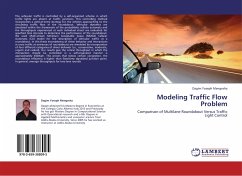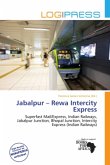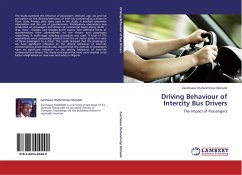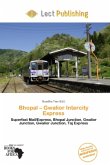Information on traffic volume is an important basic input required for planning, design, operation and management of roadway systems. Expressing traffic volume as number of vehicles passing a given section of road per unit time will be inappropriate when several types of vehicles with widely varying static and dynamic characteristics are present in the road traffic. The problem of measuring volume of such heterogeneous traffic has been addressed by converting the different types of vehicles into equivalent passenger cars and expressing the volume as Passenger Car Unit (PCU) per hour. Since the traffic flow phenomenon is influenced by several stochastic variables of random nature, micro-simulation technique is a proven versatile tool to model complex traffic systems for the study of its characteristics over a wide range of operating conditions. The effect of traffic volume, roadway width and magnitude of upgrade and its length, on PCU values of vehicles, is studied using micro-simulation. Using the derived PCU values, capacity guidelines are also developed. A simulation model of heterogeneous traffic flow (HETEROSIM), recently developed at IIT Madras was used for this research work.








